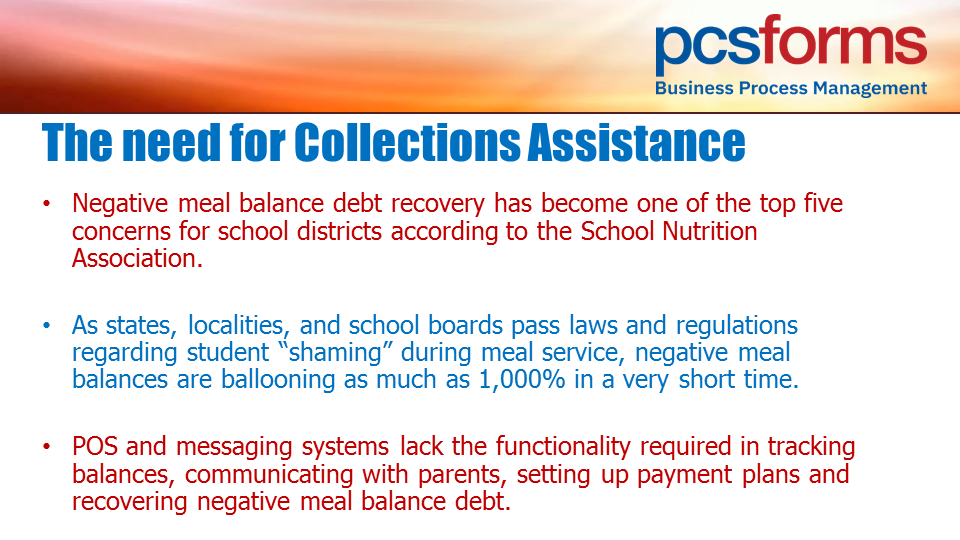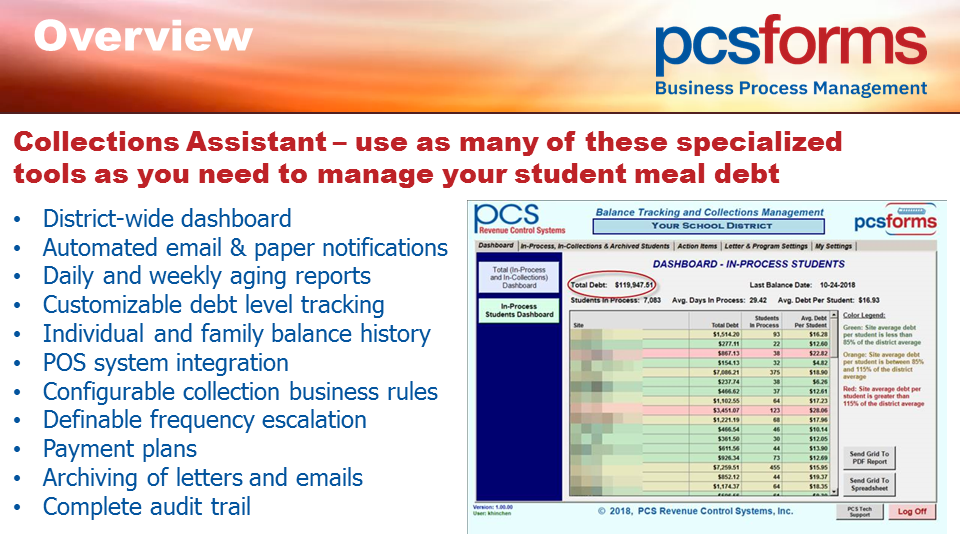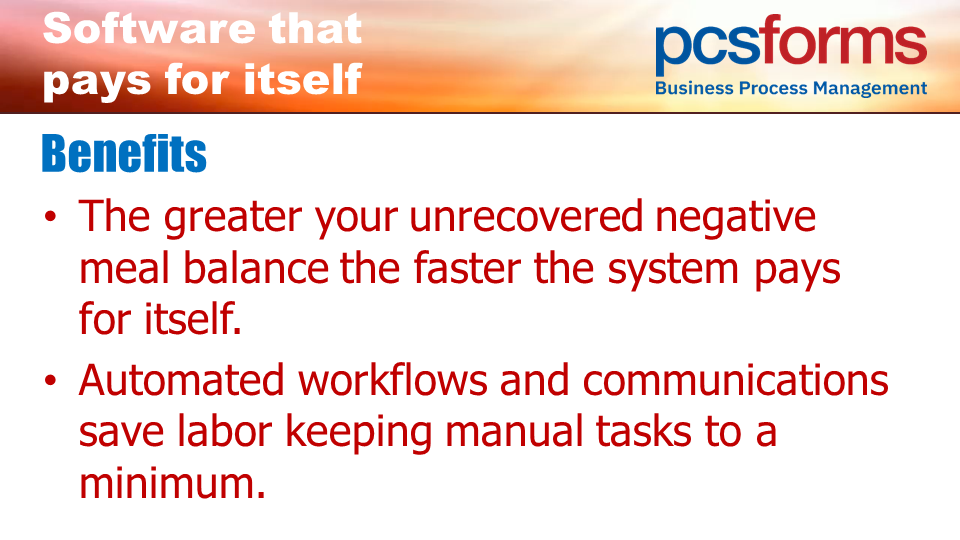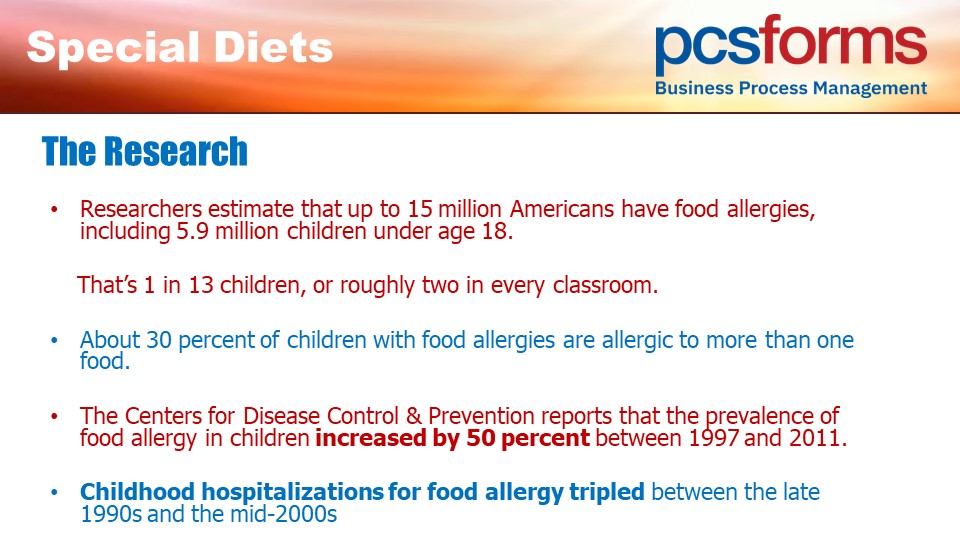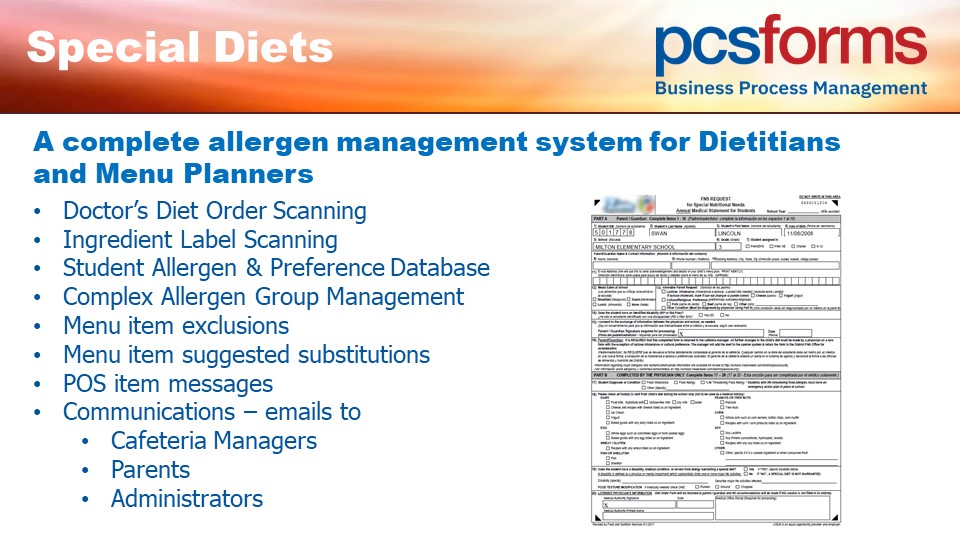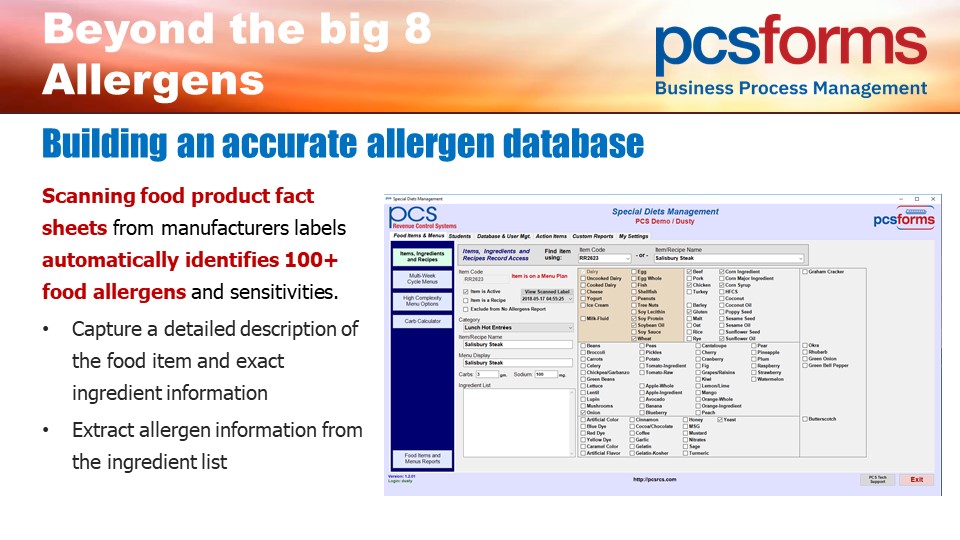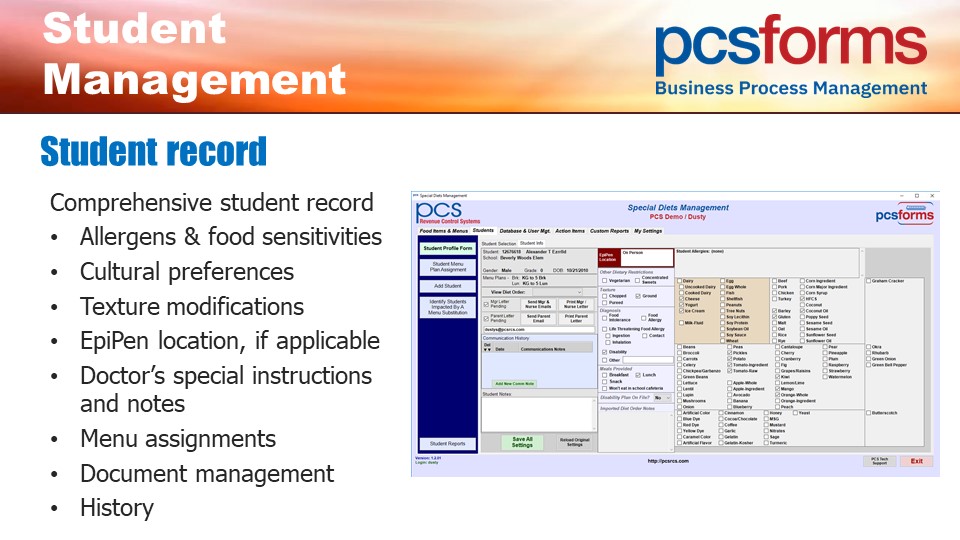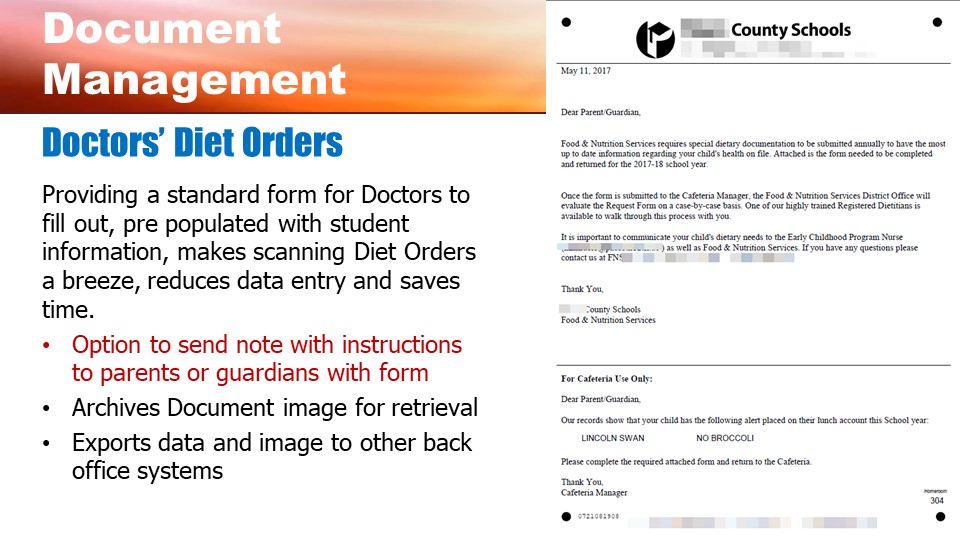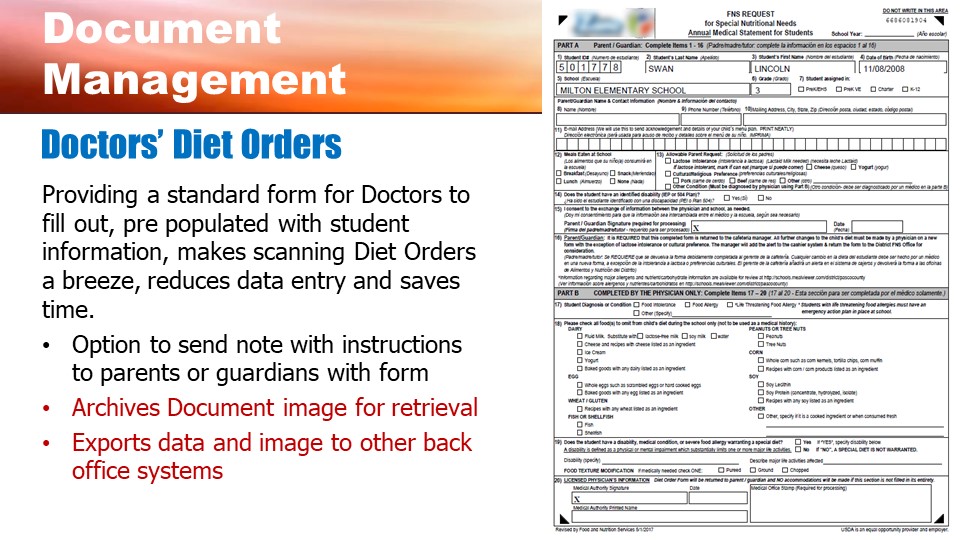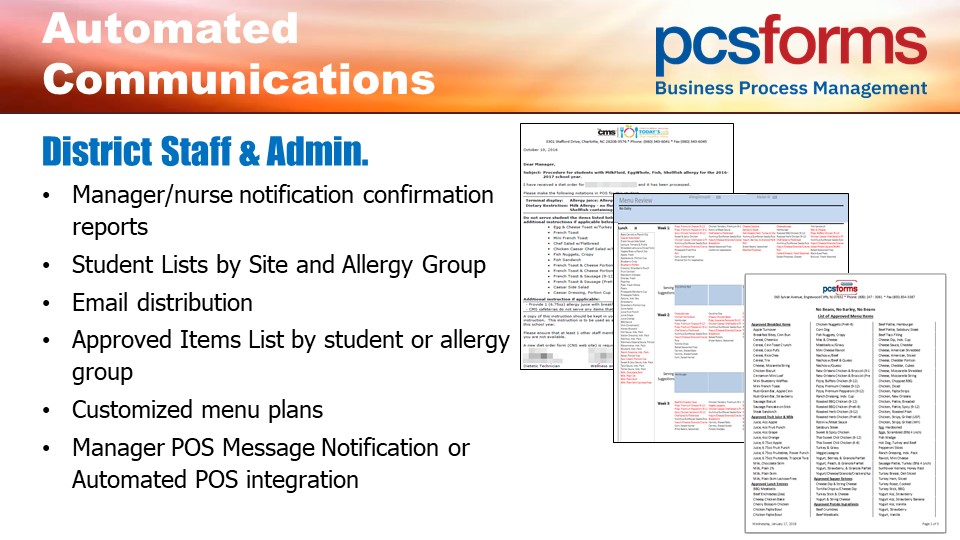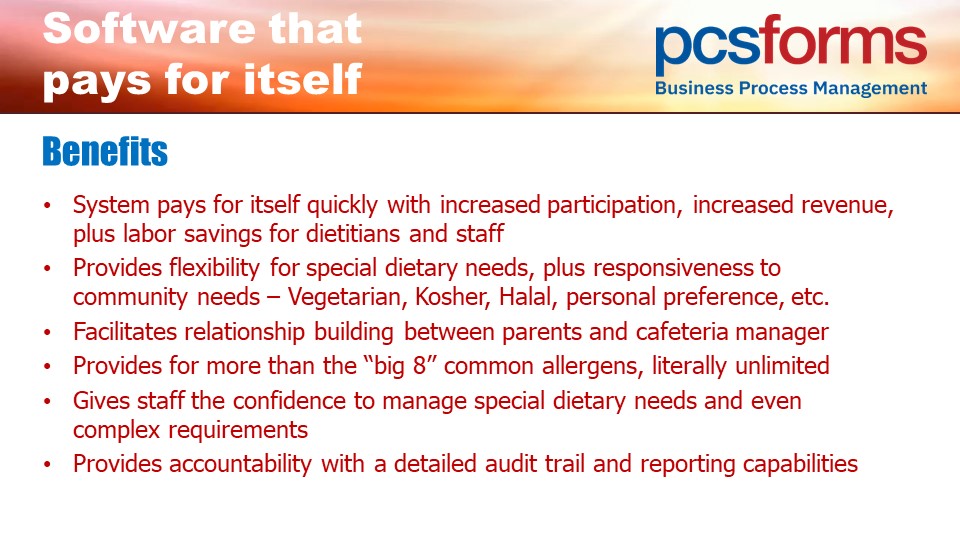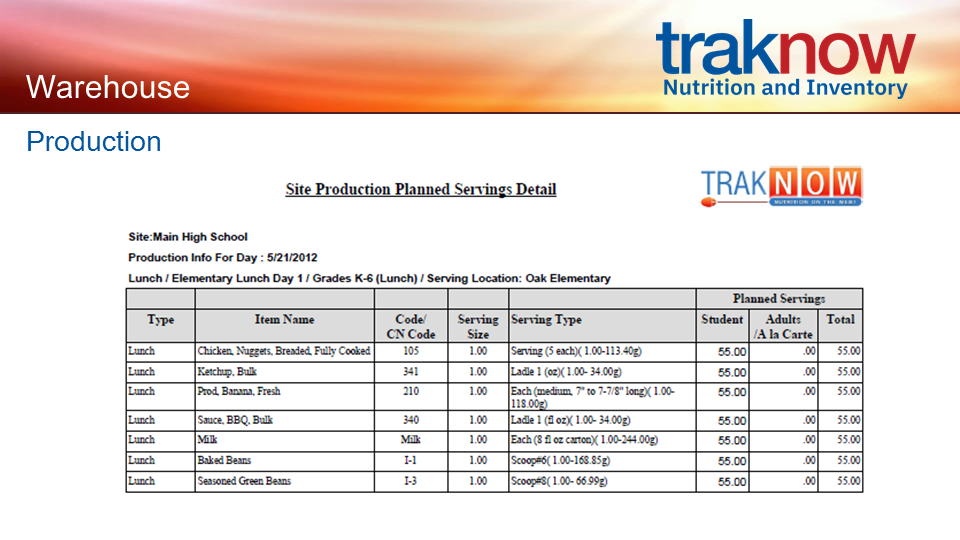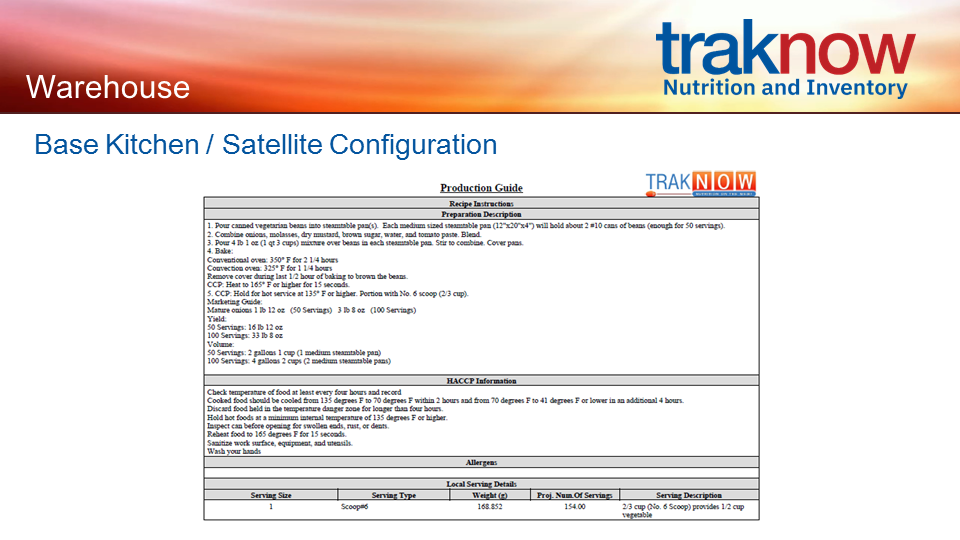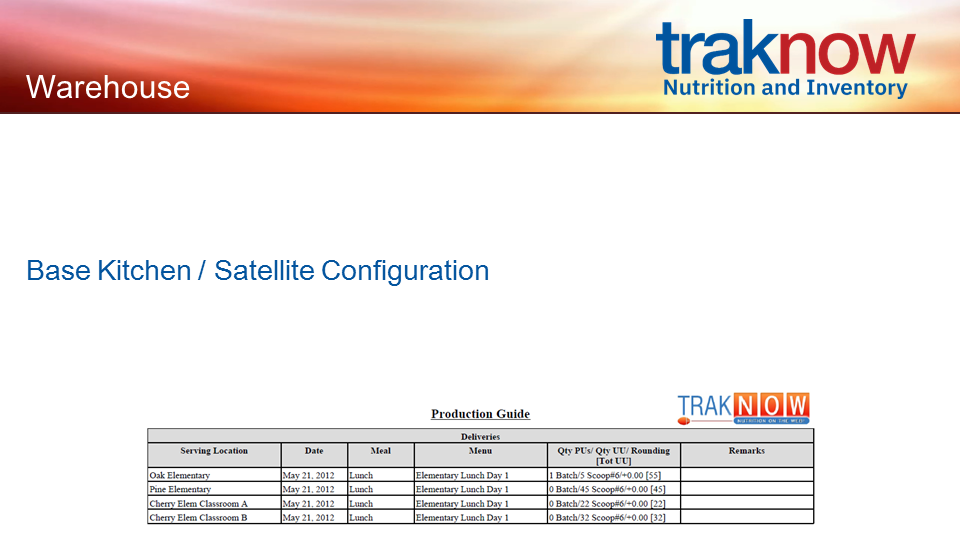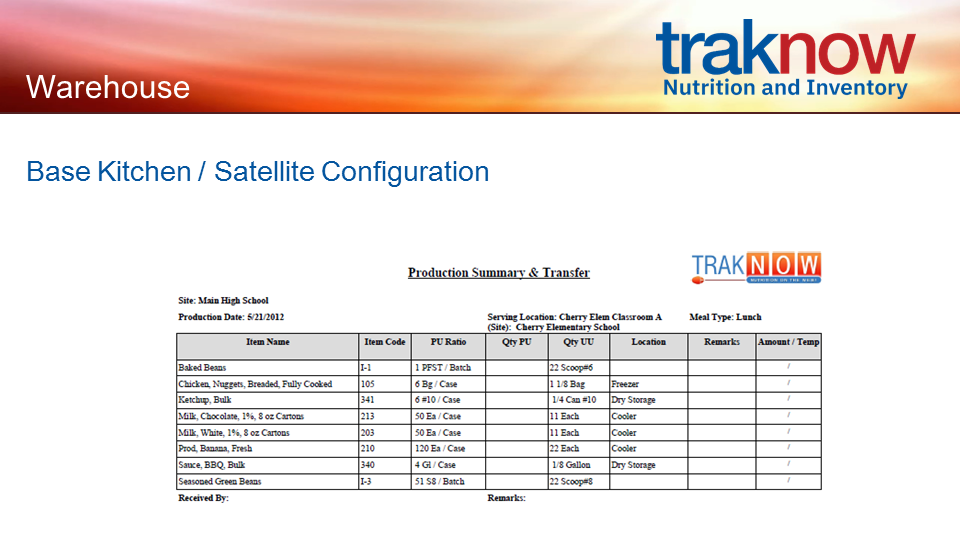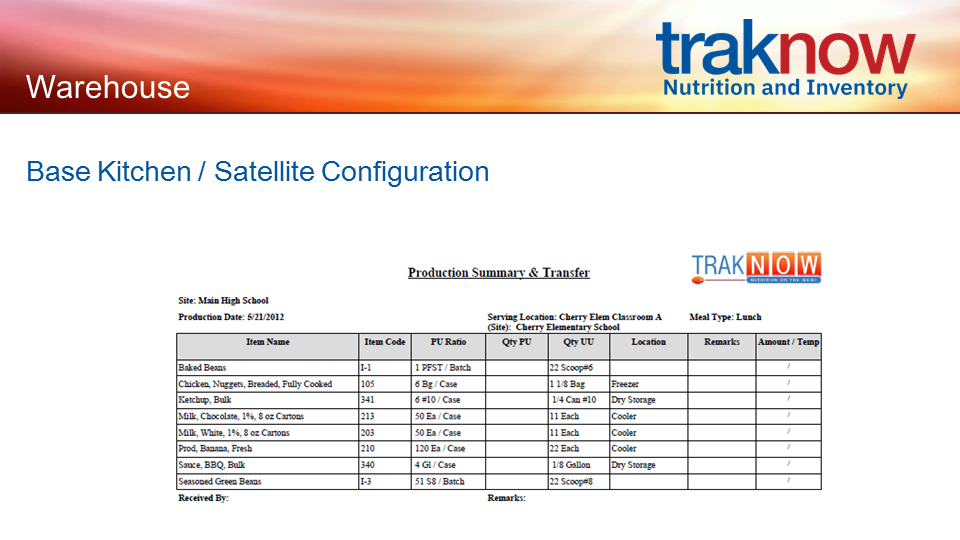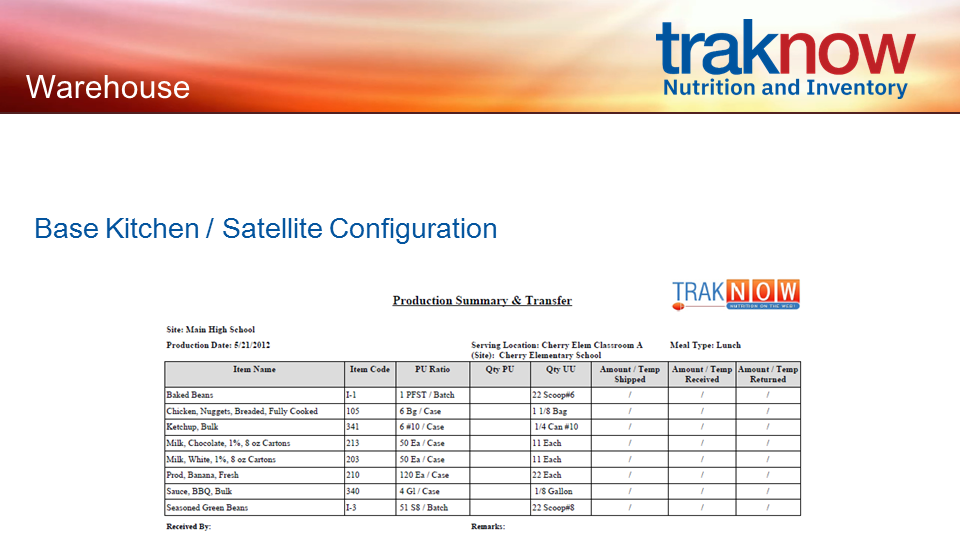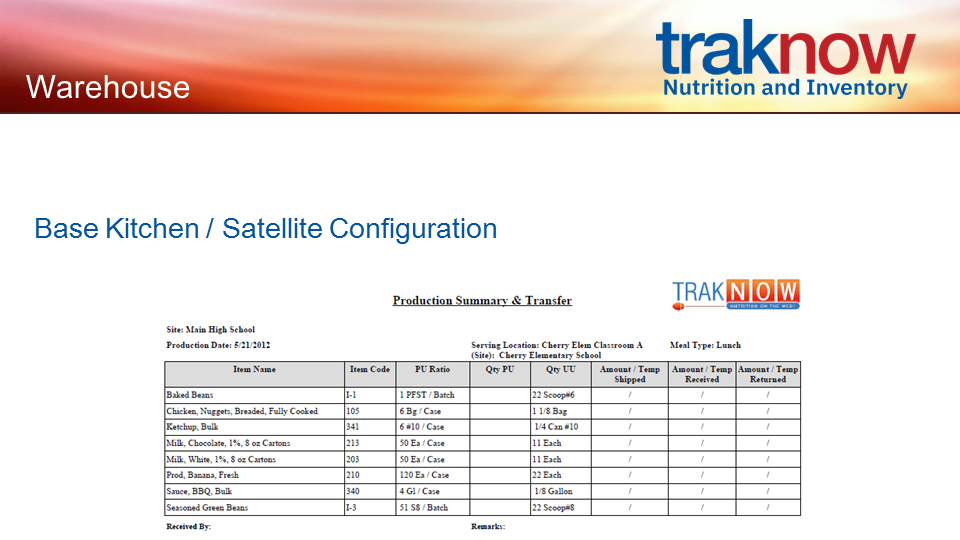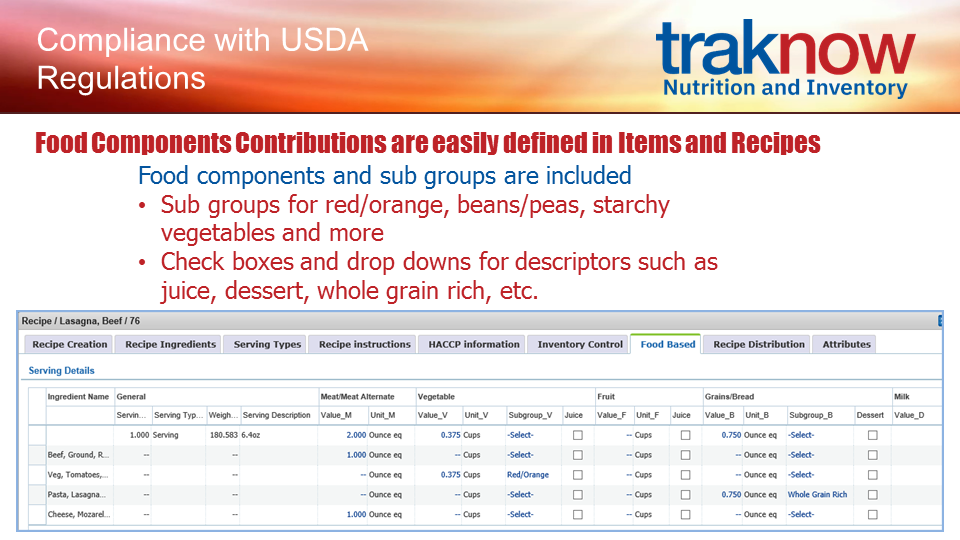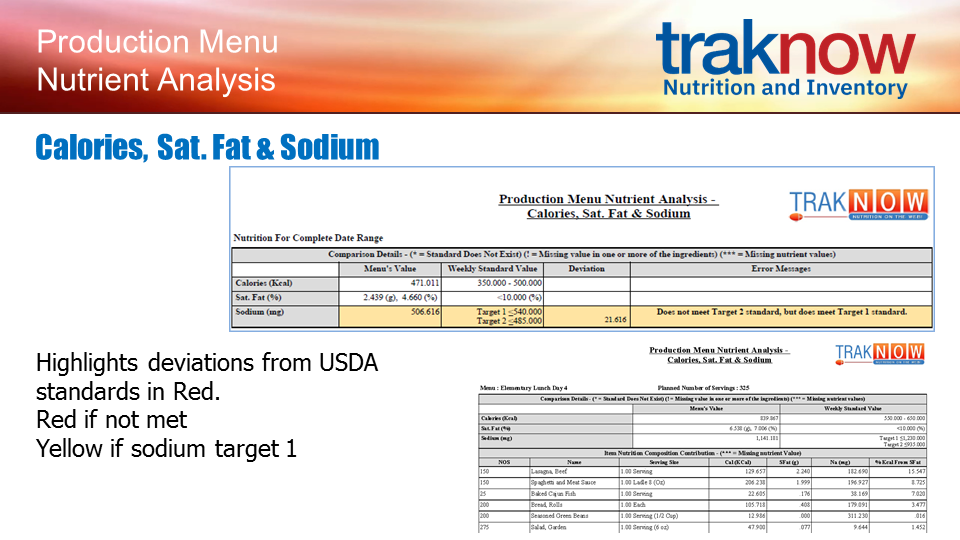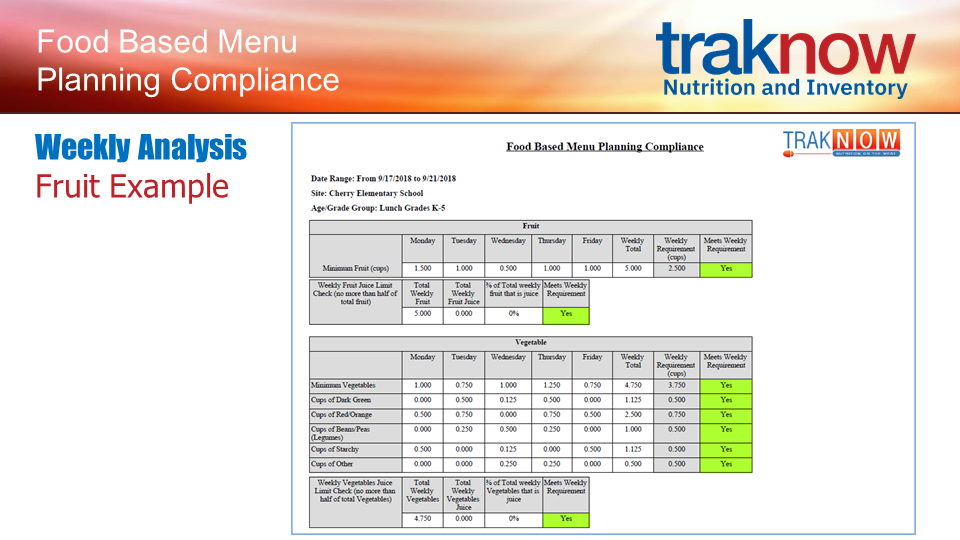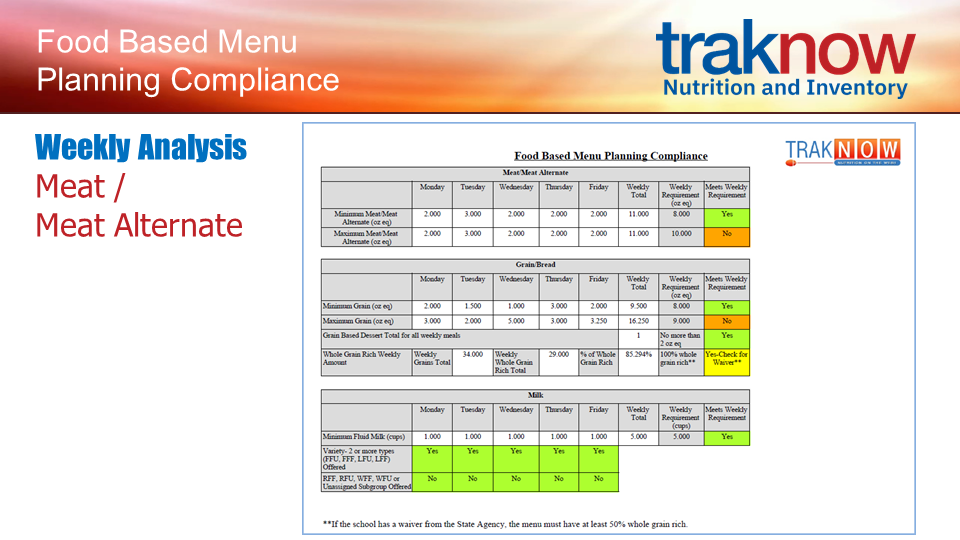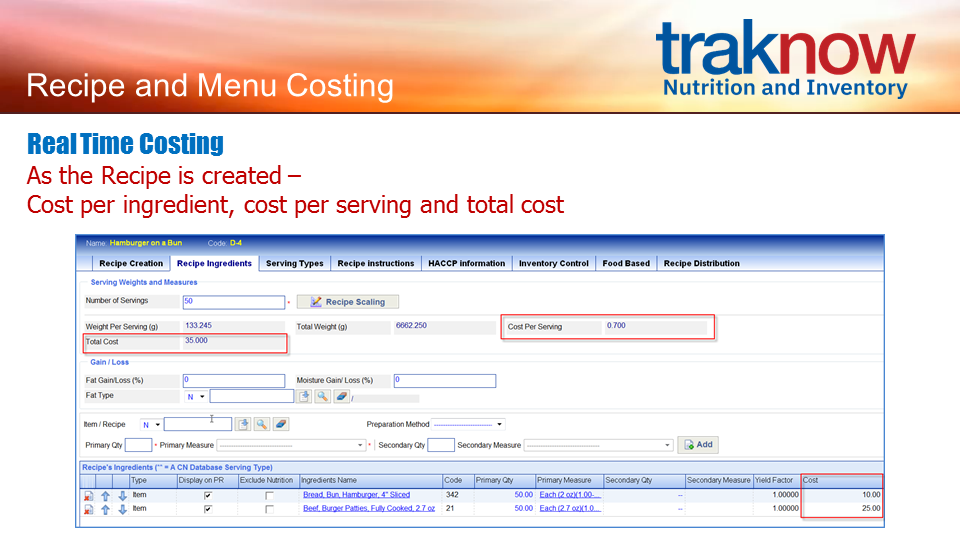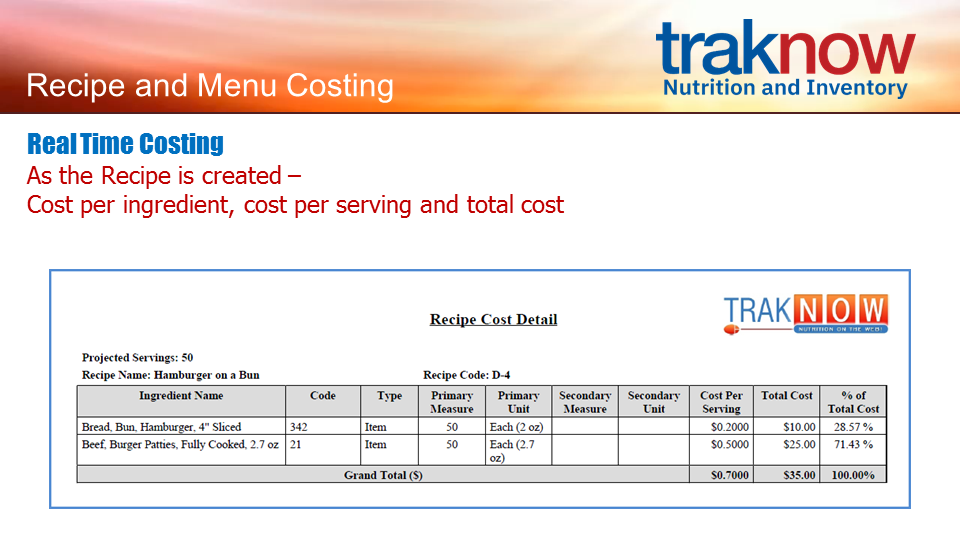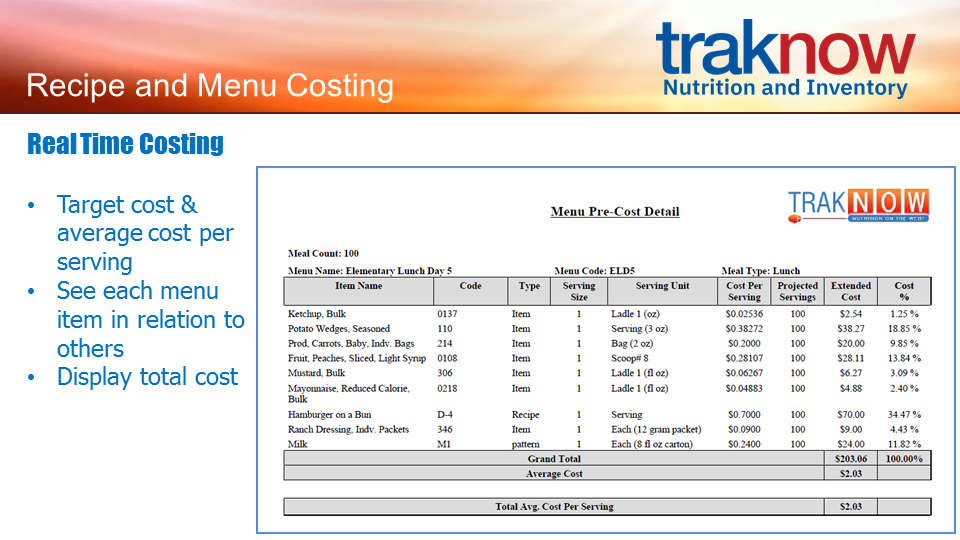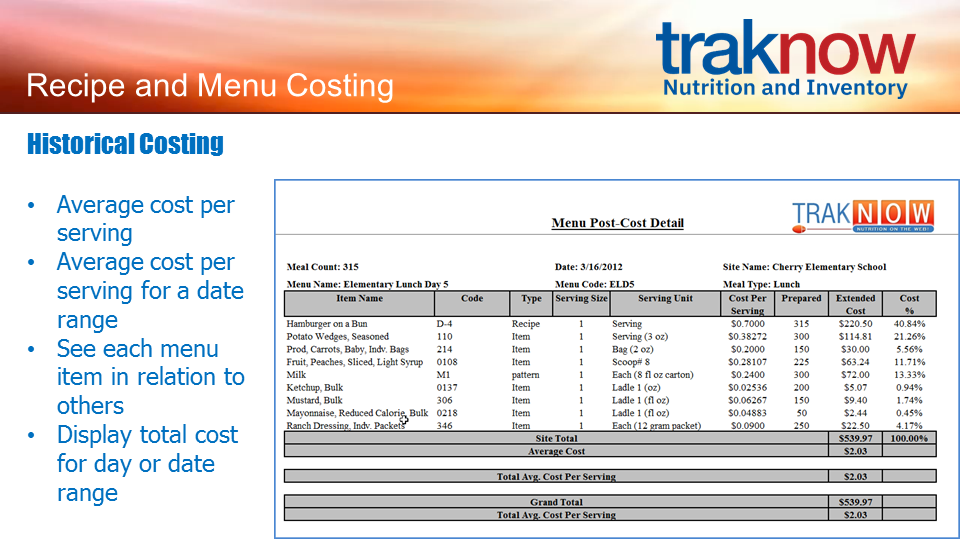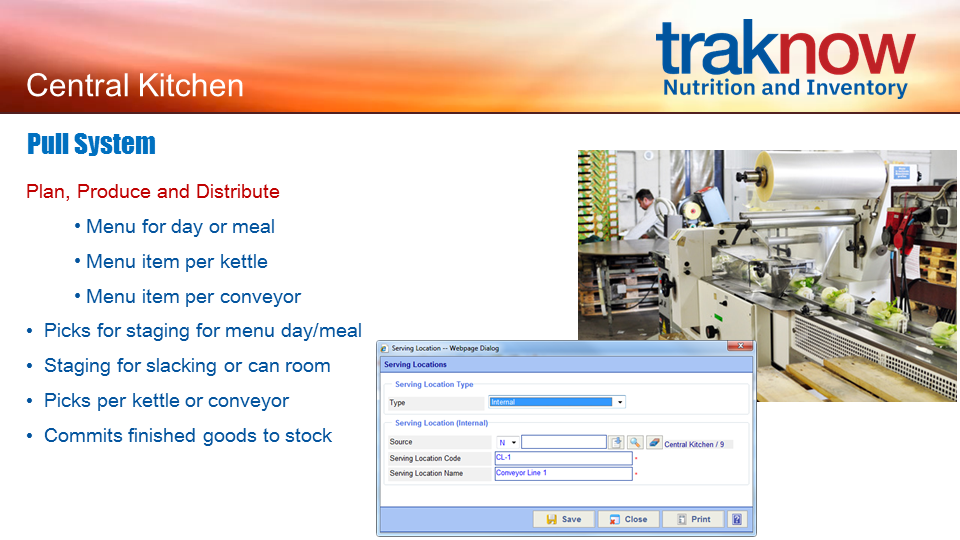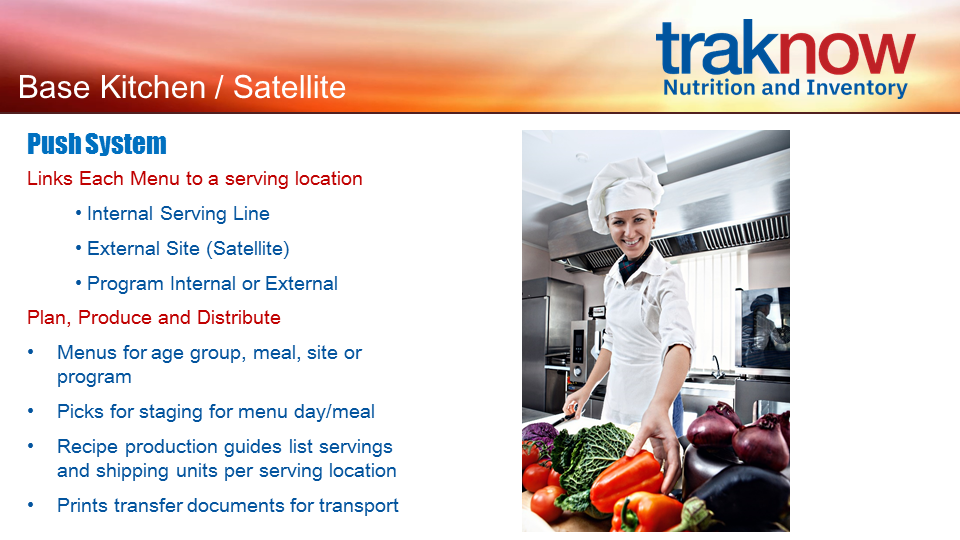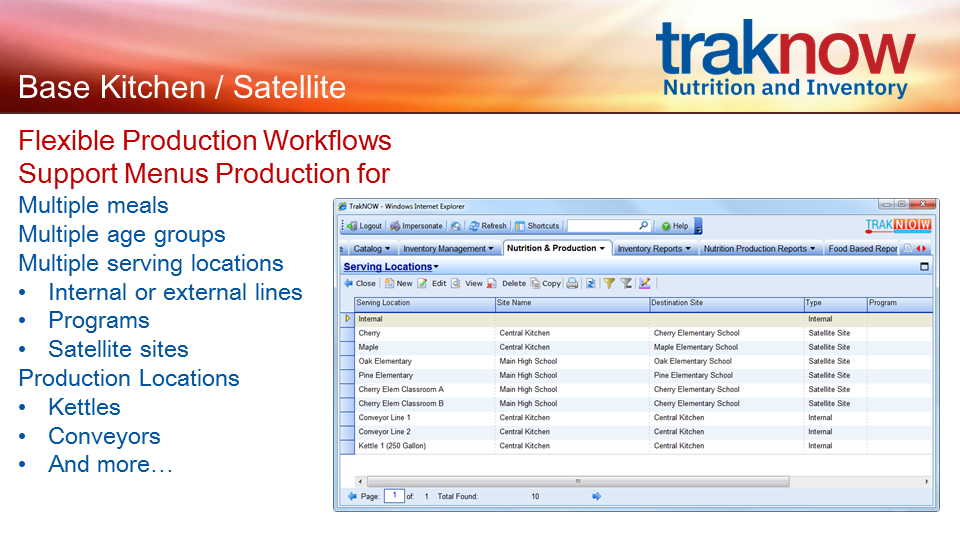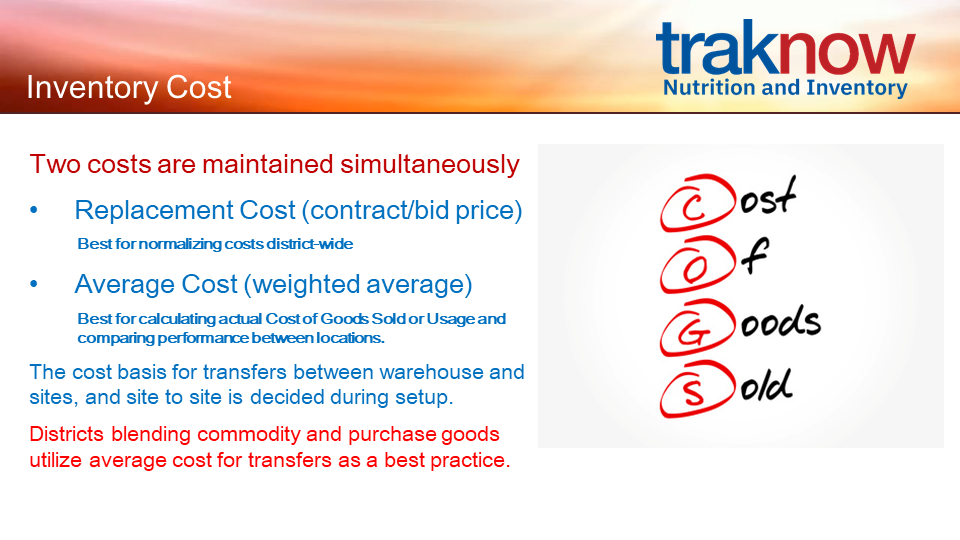Showing posts tagged with: school lunch news
11
Jun
For Teacher Appreciation week, President Joe Biden and First Lady Jill Biden made their way to Yorktown (Va.) Elementary School and visited with some fifth graders. The school visit was part of the White House’s Getting America Back on Track: American Family Plan Tour, a push for returning to in-person learning for all kids.
Prior to the visit, Yorktown’s Sodexo foodservice team didn’t have a lot of advanced notice but were tasked with setting up a hospitality tent with water and grab-and-go snacks for the media who would be attending and keeping lunch that day on track as well, a duty Sodexo GM Michelle Lee Knotts considers her top priority, no matter how exciting the special guests.
“It was pure excitement,” Knotts says of the moment she heard about the President’s visit, “and then, of course, my mind changes to food: He’s coming to an elementary school where I need to make sure the kids are fed at the same time…what in the world was that going to look like?”
After spending a busy weekend getting logistics set up, portions of the building were identified and some of the production was done off site. “We had to be very tight-lipped” about the planning, “as we were putting things into place, I wasn’t telling the staff about the visit. We had to keep it as quiet as possible,” Knotts says. “I couldn’t believe how much goes into planning when the President is coming!”
On the day of the visit, Air Force One arrived in Newport News, where the Bidens met Virginia Governor Ralph Northam and Virginia First Lady Pamela Northam then headed to the school, where the principal and other school leaders were waiting, along with Congresswoman Elaine Luria and her daughter, Violette.
The Bidens got to hang out on a fifth-grade class, where the First Lady asked a few students, “What do you want to be when you grow up?” (One of the answers was chef!)
The lunch service for the day went off without a hitch, and some of the foodservice staff stood outside and waved to the Bidens—who shouted hellos and thank yous—as they left the school parking lot in “the Beast,” a special armored car.
After the visit, Biden tweeted: “Jill and I visited a classroom today where students are back together with their classmates and teachers. We know what being in school together means for those kids—it’s why we worked so hard to safely reopen the majority of K-8 schools in our first 100 days.”
For her part, Knotts says, “We were truly happy to be a small part of this event; while I was not expecting to meet the President, I was there to take care of our children, because that’s what I’m here to do.”
Republished with permission from Food Management magazine
13
Oct
Washington, DC – During National School Lunch Week, we celebrate our Nation’s commitment to providing nutritious food to millions of students, and we recognize the many dedicated food service professionals and administrators who help carry out this mission. In a typical year, the National School Lunch Program provides meals to nearly 30 million schoolchildren every day across the country. These meals enable students in need to eat nutritious meals, which helps them achieve academic success and reach their full potential.
The National School Lunch Program succeeds because of the strong partnerships between the Federal Government and State governments, food service professionals, and local school leaders. Our Nation’s farmers, ranchers, and producers are also essential to providing the food our children eat. Since this program was established in 1946, the collaboration between these key players has been vital to its success, and their cooperation has never been more crucial than during this pivotal time in our Nation’s history.
In recent months, it has become increasingly evident just how many families depend on the meals provided at school. As thousands of schools transitioned to remote learning in response to the coronavirus pandemic, I signed the Families First Coronavirus Response Act to ensure schools could continue serving children the meals they need. My Administration also launched the innovative public-private partnership “Meals to You,” which delivered more than 40 million nutritious meals to children in rural areas while schools were closed. In the battle with this invisible enemy, resilience and flexibility have been critical to keeping our children safe and fed, and we are thankful for the extra efforts that have been made to achieve this goal.
Throughout the last few months, my Administration has recognized that our children’s well-being depends so much on their access to schools. I have encouraged all schools to safely reopen, and we want to ensure that they are as prepared as ever to provide healthy meals to all students. In June, my Administration invested in the health of students by awarding more than $12.1 million — a record amount — in Farm to School Grants. These funds will help bring clean, fresh, and locally‑grown foods into schools and communities as they reopen, and will help foster economic opportunity for America’s farmers as we continue our economic comeback. Additionally, on October 9, my Administration extended flexibilities and waived requirements to continue operating the summer meals program and the seamless summer option at no cost until the end of the school year. This program allows any child under 18 to get a free meal at a meal distribution site, and allows parents and guardians to pick up meals for their children. We are proud of these measures and others that we have taken to help ensure that all students have access to nutritious food.
To emphasize the importance of the National School Lunch Program, the Congress, by joint resolution of October 9, 1962 (Public Law 87–780), has designated the week beginning on the second Sunday in October each year as “National School Lunch Week,” and has requested the President to issue a proclamation in observance of this week.
NOW, THEREFORE, I, DONALD J. TRUMP, President of the United States of America, by virtue of the authority vested in me by the Constitution and the laws of the United States, do hereby proclaim October 11 through October 17, 2020, as National School Lunch Week. I call upon all Americans to join the countless individuals who administer the National School Lunch Program in activities that support and promote awareness of the health and well-being of our Nation’s children.
IN WITNESS WHEREOF, I have hereunto set my hand this ninth day of October, in the year of our Lord two thousand twenty, and of the Independence of the United States of America the two hundred and forty-fifth.
THE WHITE HOUSE
23
Jun
Shutdown orders prevented about 60 million novel coronavirus infections in the United States and 285 million in China, according to a research study published Monday that examined how stay-at-home orders and other restrictions limited the spread of the contagion.
A separate study from epidemiologists at Imperial College London estimated the shutdowns saved about 3.1 million lives in 11 European countries, including 500,000 in the United Kingdom, and dropped infection rates by an average of 82 percent, sufficient to drive the contagion well below epidemic levels.
The two reports, published simultaneously Monday in the journal Nature, used completely different methods to reach similar conclusions. They suggest that the aggressive and unprecedented shutdowns, which caused massive economic disruptions and job losses, were effective at halting the exponential spread of the novel coronavirus.
“Without these policies employed, we would have lived through a very different April and May,” said Solomon Hsiang, director of the Global Policy Laboratory at the University of California at Berkeley, and the leader of the research team that surveyed how six countries — China, the United States, France, Italy, Iran and South Korea — responded to the pandemic.
His team estimated that, in the initial days after the virus was seeded in each country, and before the shutdowns, the number of infections was doubling every two days.
“The disease was spreading at a really extraordinary rate that is rare even among very infectious diseases,” he said in an interview. The global response to covid-19, the disease caused by the virus, resulted in “saving more lives in a shorter period of time than ever before,” he said in a separate conference call with reporters.
The two reports on the effectiveness of the shutdowns come with a clear warning that the pandemic, even if in retreat in some of the places hardest hit, is far from over. The overwhelming majority of people remain susceptible to the virus. Only about 3 percent to 4 percent of people in the countries being studied have been infected to date, said Samir Bhatt, senior author of the Imperial College London study.
“This is just the beginning of the epidemic: we’re very far from herd immunity,” Bhatt said Monday in an email. “The risk of a second wave happening if all interventions and precautions are abandoned is very real.”
The Berkeley study used an “econometric” model to estimate how 1,717 interventions, such as stay-at-home orders, business closings and travel bans, altered the spread of the virus. The researchers looked at infection rates before and after the interventions were imposed. Some of these interventions were local, and some regional or national.
The researchers concluded that the six countries collectively managed to avert 62 million test-confirmed infections. Because most people who are infected never get tested or diagnosed with covid-19, the actual number of cases that were averted is much higher — about 530 million in the six countries, the Berkeley researchers estimated. They estimated that the United States, had it not imposed shutdowns and other measures, would have seen an additional 4.8 million diagnosed infections and 60 million actual infections.
Timing is crucial, the Berkeley study found. Small delays in implementing shutdowns can lead to “dramatically different health outcomes.” The report, while reviewing what worked and what made little difference, is clearly aimed at the many countries still early in their battle against the coronavirus.
“Societies around the world are weighing whether the health benefits of anti-contagion policies are worth their social and economic costs,” the Berkeley team wrote. The economic costs of shutdowns are highly visible — closed stores, huge job losses, empty streets, food lines. The health benefits of the shutdowns, however, are invisible, because they involve “infections that never occurred and deaths that did not happen,” Hsiang said.
That spurred the researchers to come up with their estimates of infections prevented. The Berkeley team did not produce an estimate of lives saved.
Banning large gatherings had more of an effect in France and South Korea than in the other countries.
One striking finding: School closures did not show a significant effect, although the authors cautioned that their research on this was not conclusive and the effectiveness of school closures requires further study.
The findings could be instructive to states and school districts as they weigh when and how to reopen this fall. There is enormous pressure to resume in-person school — both because virtual education has left many students behind, and because many parents of young children cannot go to work if their children are at home.
But schools worry that children could become infected and then transmit covid-19 to family members, and they are concerned about teachers and other staff who are older or particularly vulnerable.
Many districts are considering a hybrid model, with some children in the building and others learning from home. The goal would be to minimize the numbers on site to provide for social distancing.
Last month, the Centers for Disease Control and Prevention said schools should remain closed while infection rates were high, but offered guidance for reopening as communities recover. The recommendations included a raft of ideas to create distancing inside schools, most of which were already under consideration by many districts. Among them: desks at least six feet apart and facing the same direction, lunch in classrooms, leaving every other row on buses empty and staggered arrival times.
The agency also recommended mandatory cloth masks for staff and encouraged use by students, and daily temperature screenings for everyone. It said schools should have adequate supplies for hygiene, including soap, hand sanitizer and no-touch trash cans. Surfaces and school buses should be cleaned and disinfected daily, it said, and windows and doors should be open so air can circulate.
READ FULL ARTICLE ON WAPO
08
Apr
An Indiana school district is taking steps to make sure kids have enough to eat.
Elkhart Community Schools students usually get breakfast and lunch at school lunch food, but on the weekends at home, they may be without food.
That’s where the South Bend-based non-profit Cultivate Culinary comes in: it provides weekend meals to a small group of students in the elementary school pilot program.
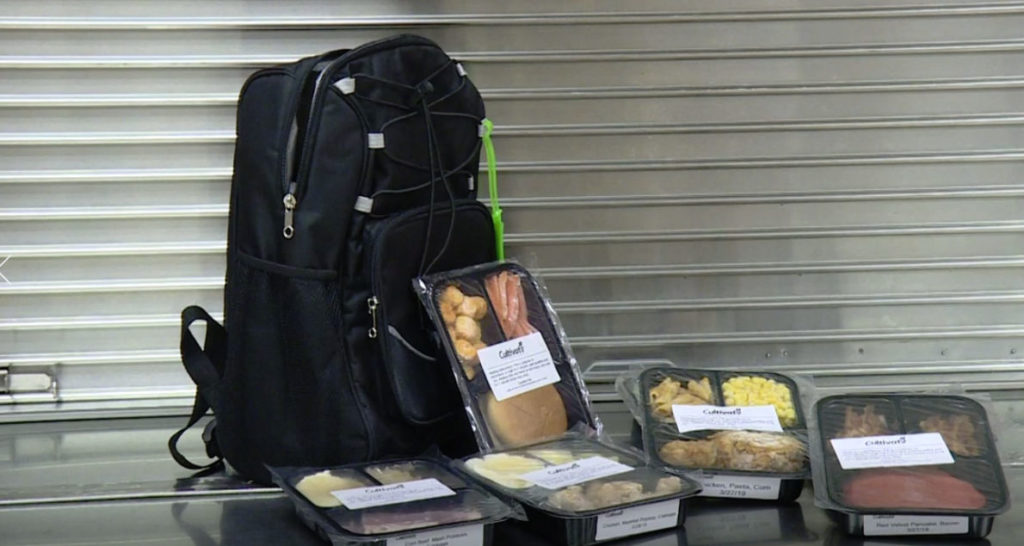
“Mostly, we rescue food that’s been made but never served by catering companies, large food service businesses, like the school system,” said Jim Conklin of Cultivate Culinary. “You don’t always think of a school.”
It rescues the unused food.
“Over-preparing is just part of what happens,” said Conklin. “We take well-prepared food, combine it with other food and make individual frozen meals out if it.”
Twenty students will receive a backpack with eight individual frozen meals every Friday until the end of school.
“At Elkhart Community Schools, we were wasting a lot of food,” said Natalie Bickel, student services. “There wasn’t anything to do with the food. So they came to the school three times a week and rescued the food.”
The Chamber of Commerce’s Leadership Academy Commerce helped get the pilot program going.
“It’s making a big impact,” said Melissa Ramey, Chamber Leadership Academy. “I am proud of that. It was heartbreaking to hear that children go home on the weekends and that they don’t have anything to eat.”
It’s making a big difference in the lives of the students receiving the meals. The Elkhart school system wants to expand the food program to other schools.
Republished with permission from KTXS12 News

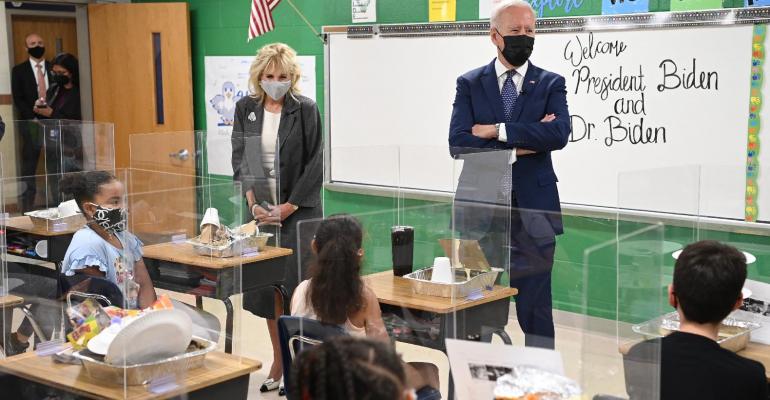
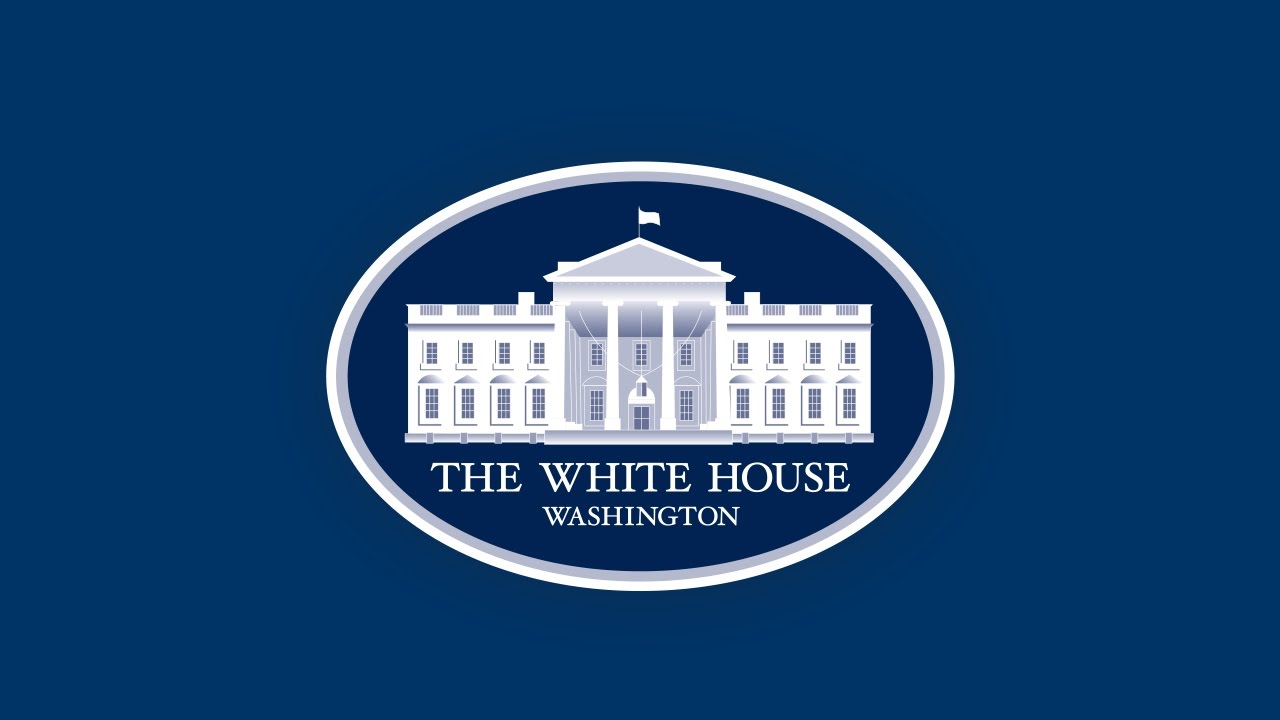
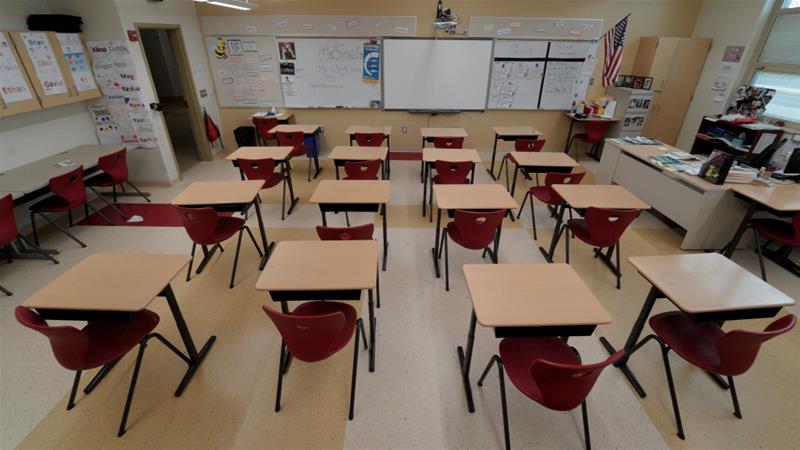
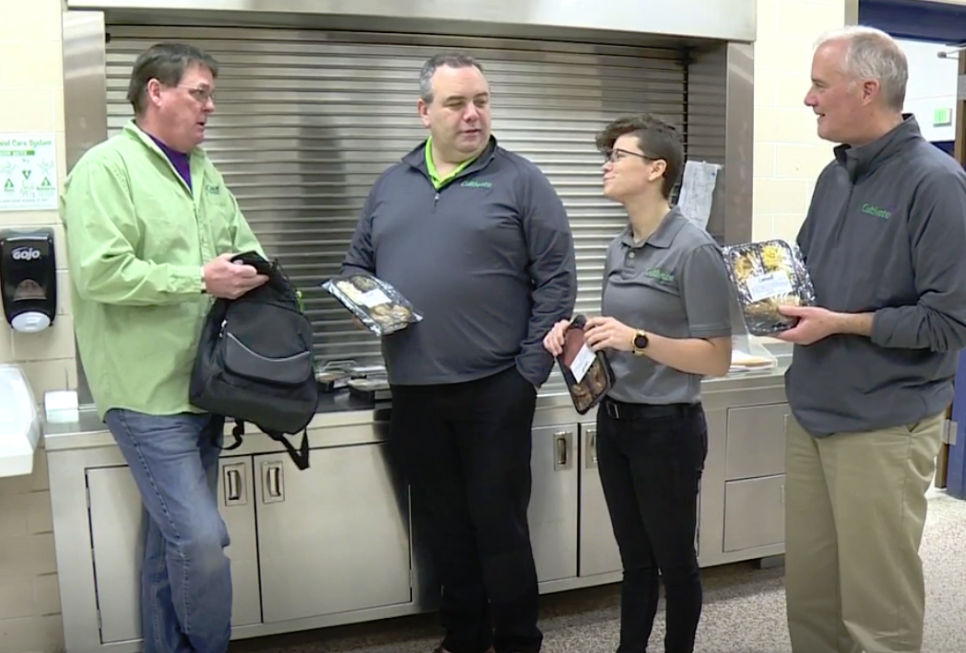

 Contact
Contact 
